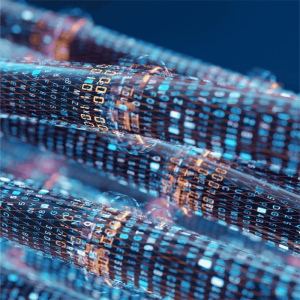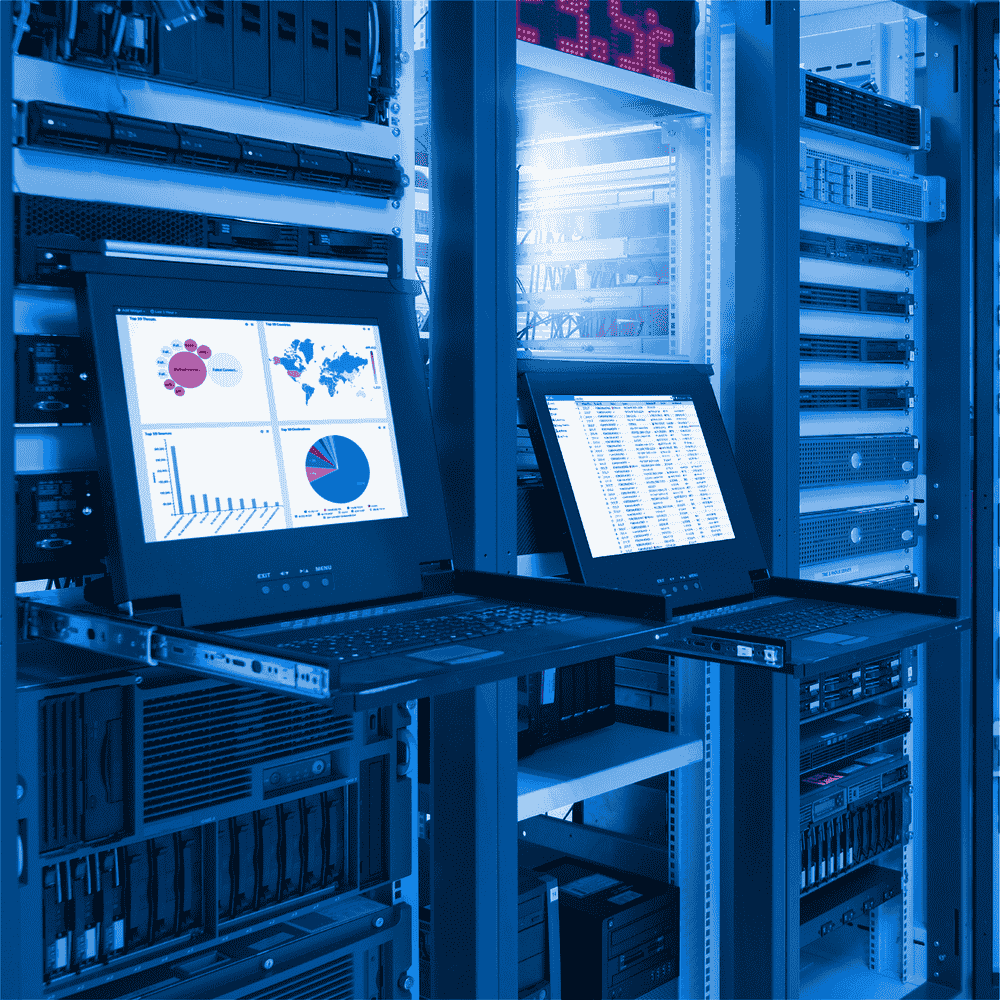FTTX Solutions: The Internet Infrastructure of the Future
As digital transformation accelerates, high-speed and reliable internet connectivity has become essential for both individuals and businesses. From smart cities and IoT-driven industries to high-bandwidth applications like video streaming and cloud computing, modern digital services require robust, future-ready network infrastructures.
To meet this ever-growing demand, internet service providers (ISPs) and telecom operators are deploying FTTX (Fiber to the X) solutions, leveraging fiber optic broadband technology for ultra-fast, scalable, and low-latency connectivity.
So, what is FTTX, how does it work, and why is it shaping the internet infrastructure of the future? Let’s explore.
What is FTTX?
FTTX (Fiber to the X) is an infrastructure solution that aims to provide internet service to different end-user points, indicated by “X”, via fiber optic cable. The term FTTX indicates how close the fiber is to the user and covers various distribution models. The most commonly used FTTX types are:
FTTH (Fiber to the Home): This is the model where the fiber optic cable is extended directly to the end-user’s home. It offers the highest speed and lowest latency.
FTTB (Fiber to the Building): This is the model where the fiber cable is extended to multiple residential structures such as a building or apartment building. Within the building, internet access is provided to individual apartments using copper cables or other technologies.
FTTC (Fiber to the Curb): This is the model where the fiber cable is brought to a point very close to the end-user’s home, such as a street box. From here, the connection is made to the end point with copper cable or coaxial cable.
FTTN (Fiber to the Node): This is a model where the fiber optic cable is brought to a certain distance and then connected with copper cable. It may offer lower speeds compared to other FTTX models.
Advantages of FTTX Solutions
FTTX solutions offer many advantages to increase the performance of existing internet infrastructures. These advantages are especially evident in broadband services in terms of speed, reliability and capacity:
- High Speed: Fiber optic cables offer much higher data transmission speeds than copper cables. In this way, users can obtain internet connections reaching gigabit speeds.
- Low Latency: Since fiber optic cables transmit data at the speed of light, latency is minimized. This provides a great advantage especially for online games, video conferences and other real-time applications.
- Investment in the Future: Fiber optic infrastructures are long-lasting and have the capacity to meet future internet demands. Developing technologies and increasing data needs will further increase the importance of fiber infrastructures.
- Energy Efficiency: Fiber optic cables consume less energy than copper cables. This provides a more sustainable and environmentally friendly infrastructure.
- Reliability: Fiber optic cables are resistant to electromagnetic interference. This reduces connection problems caused by external factors and provides a more stable internet experience.
Application Areas of FTTX Solutions
FTTX solutions are widely used not only in homes and workplaces, but also in smart city projects, industrial facilities and large-scale campuses. Fiber optic infrastructure provides many advantages in these areas, such as high-speed data transmission, effective use of IoT devices and secure communication.
Especially with 5G technology, the importance of FTTX solutions is increasing even more. A robust fiber optic infrastructure is needed for 5G networks to operate effectively. This infrastructure offers a wide range of fiber optic solutions from data centers to base stations.
The Future of FTTX
FTTX solutions are expected to become even more widespread in the future. In particular, the FTTH model is aimed to reach more residential areas and provide fiber optic internet connection to more households. In addition, with smart city projects and increasing digitalization, the coverage area of FTTX infrastructures will expand and grow rapidly.
Many countries aim to strengthen their digital economies by investing in fiber optic networks. These investments are of critical importance not only for individual users but also for supporting the digital transformation processes of businesses.
Conclusion
FTTX solutions are one of the most effective methods to meet the rapidly growing data needs of the digital world. Fiber optic infrastructures increase the quality and reliability of internet services by offering high speed, low latency and a future-oriented investment. With the development of technology, FTTX solutions will be at the center of digital transformation and will continue to be the cornerstone of internet infrastructure.






